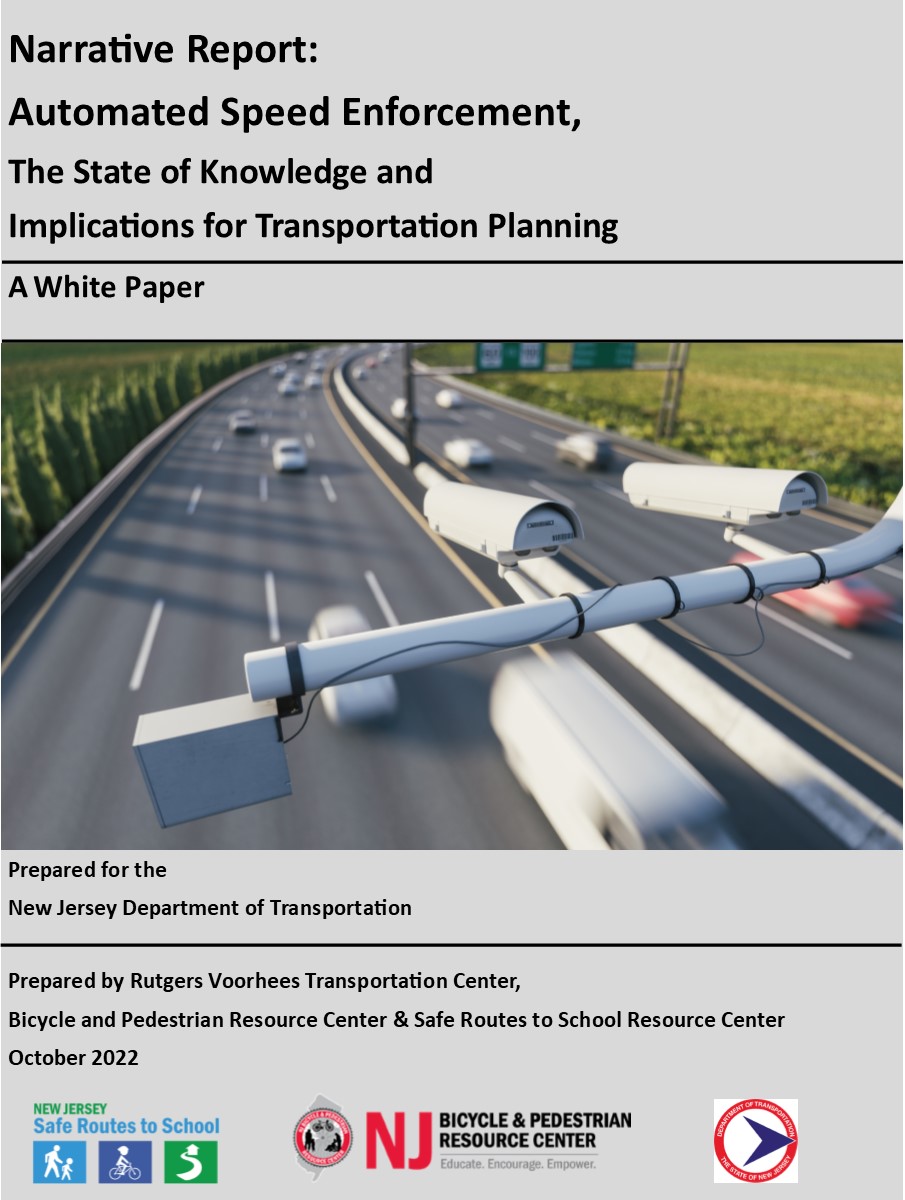Implementation of speed control seeks to prevent traffic-related injuries and fatalities by decreasing the
likelihood, and degree of severity, of crashes. The traditional enforcement method, and still the most
common for controlling speed, has been traffic stops by police officers. The use of speed cameras
augments traditional enforcement and provides efficient, consistent, equitable and effective deterrence
in places where traditional enforcement might be hazardous. Automated Speed Enforcement programs
are not intended as a substitute for permanent infrastructure improvements that address speeding.
For two decades, speeding has been a factor in approximately one-third of all motor vehicle fatalities
across the nation (National Highway Traffic Safety Administration, 2022). Speed-related crashes in New
Jersey averaged 16,346 for 2015-2019, and speed-related fatalities averaged 122 for each of those years
(New Jersey Division of Highway Traffic Safety, 2022).
Read the full report: Narrative Report: Automated Speed Enforcement

